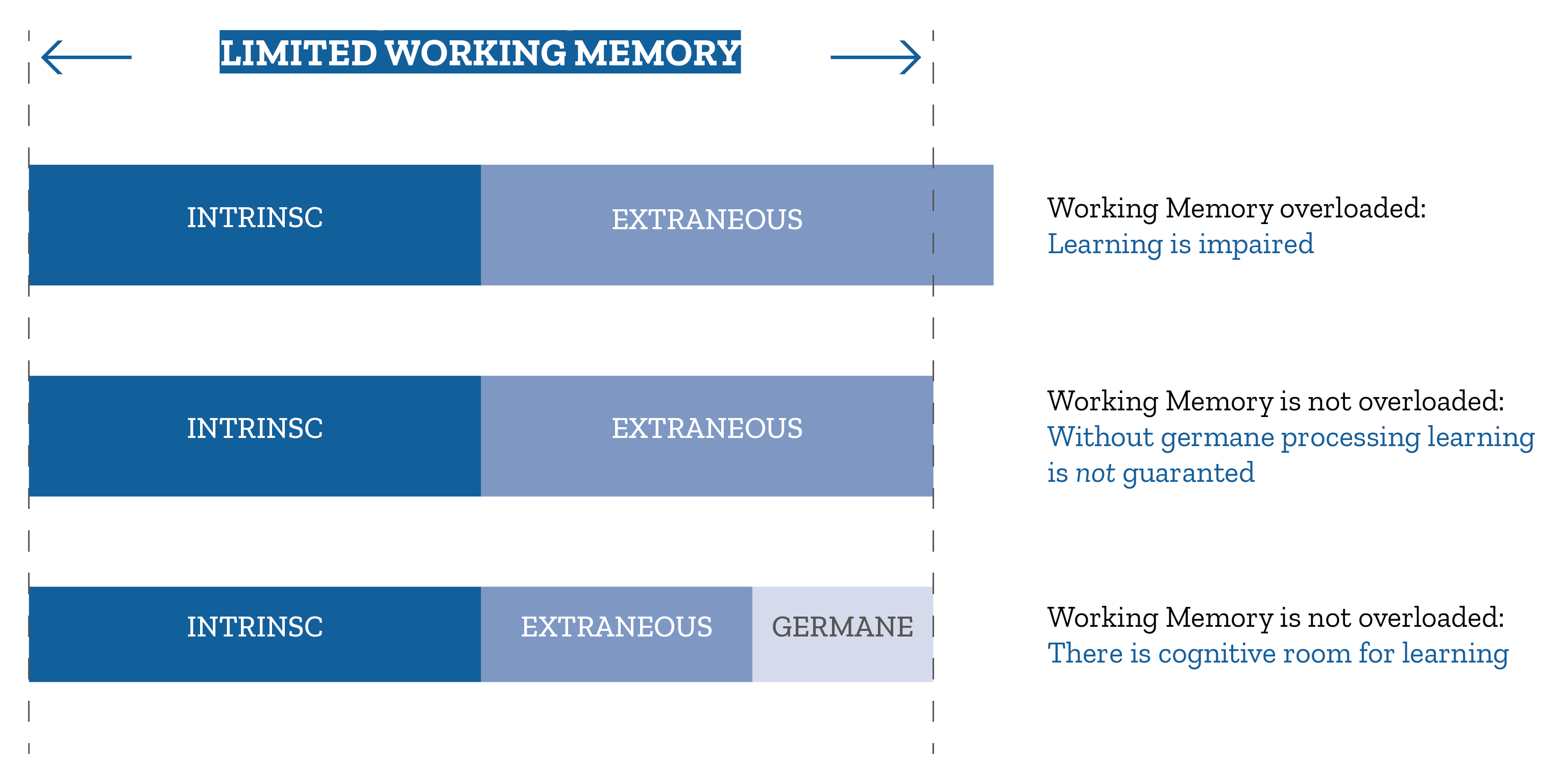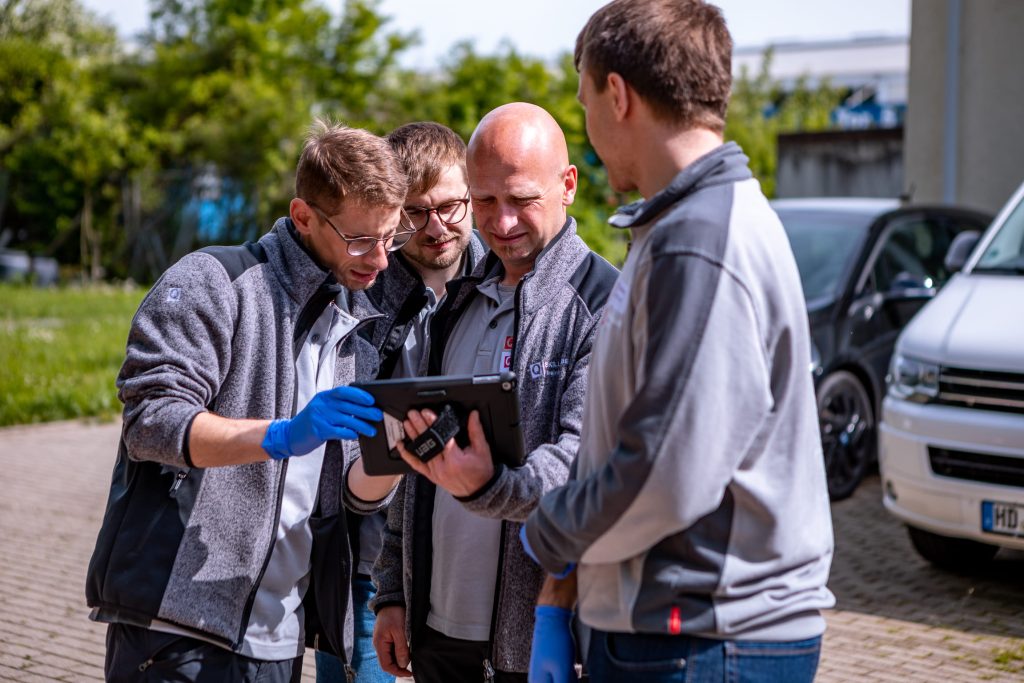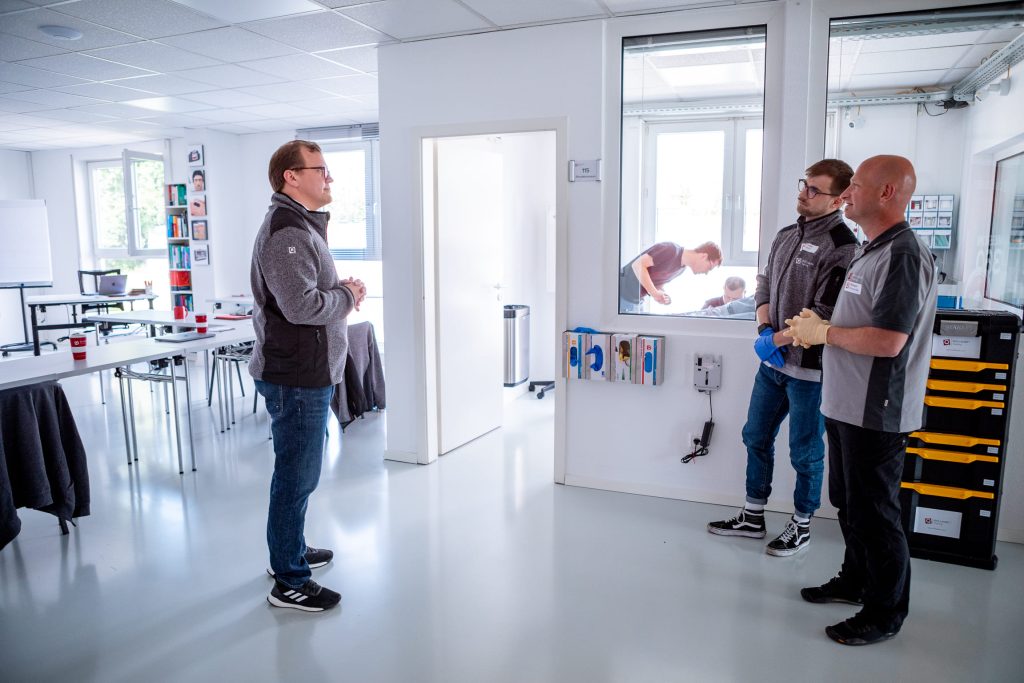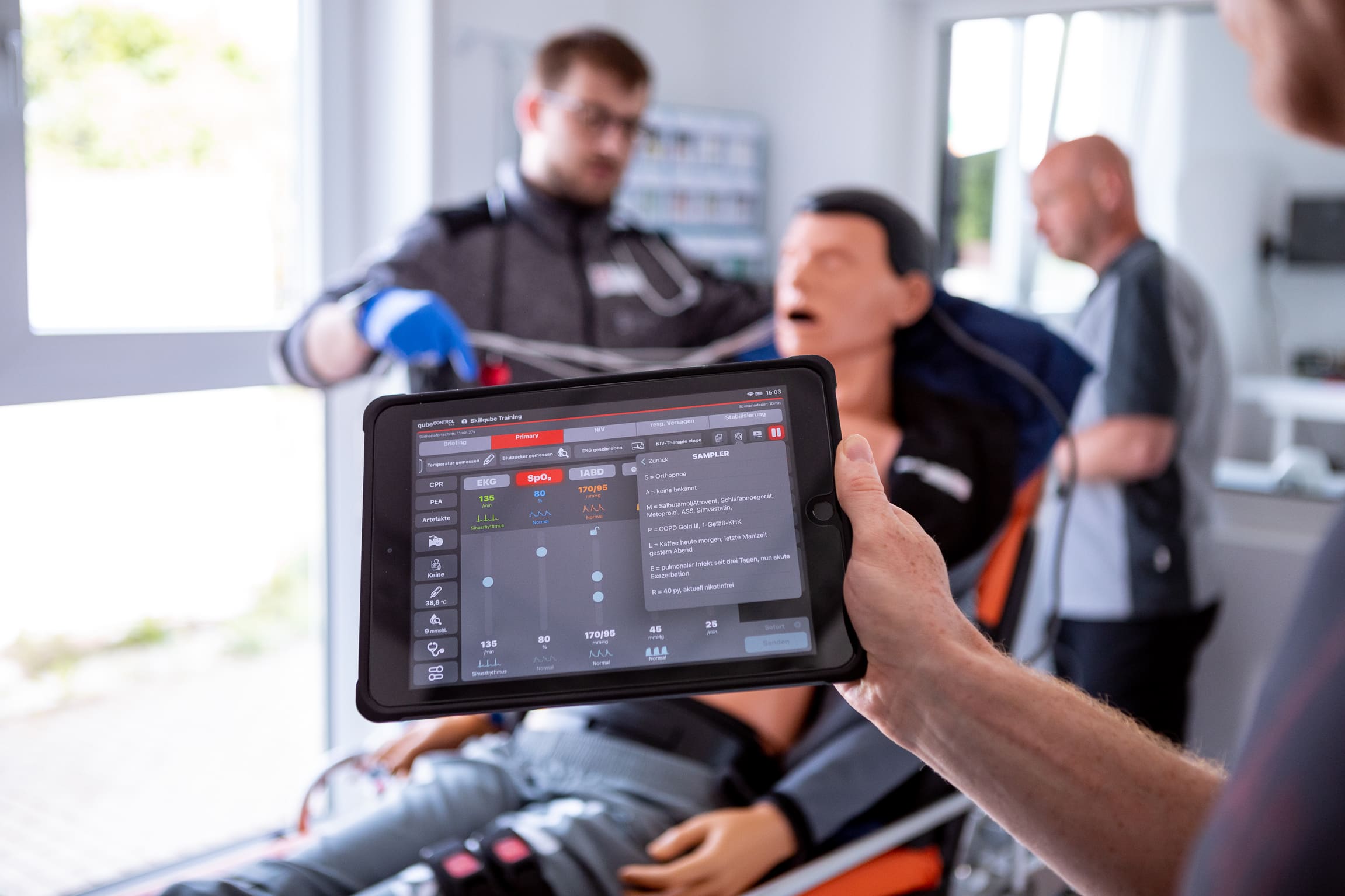This article explores the challenges faced by trainers in managing cognitive loads while teaching. SKILLQUBE, a German company committed to reducing trainers’ cognitive load through innovative methods and healthcare simulation technology, introduces the Cognitive Load Theory (CLT) and its relevance to training.
Advertorial
The role of trainers is simply defined but often difficult to fulfill. They should be able to instruct and to moderate. They are expected to plan training sessions, use media and materials in a targeted manner, address participants in an appropriate way, and take individual needs into account. This is both a curse and a blessing because on the one hand, the diverse tasks and roles make the job so exciting, and on the other hand, all these tasks can be overwhelming. It is interesting to look at the tasks and coping resources of trainers in their professional context. The Cognitive Load Theory (CLT), which we normally use to think about our participants’ learning process, can help here.

The Cognitive Load Theory (CLT)
As a reminder: CLT is a relatively new learning theory that was developed 30-40 years ago by the two psychologists John Sweller and Paul Chandler. The basic assumption of CLT is that working memory is a filter for the permanent storage of new knowledge. Information is loaded into working memory from both sensory memory and long-term memory in order to solve problems.
Three “loads” can be distinguished, which share a limited space and displace each other:
- Extraneous cognitive load (extrinsic cognitive load)
- Intrinsic cognitive load
- Germane cognitive load (learning-related cognitive load)

The extrinsic and intrinsic cognitive load should be kept low in order to allow room for the learning-related cognitive load.
Although the theory is based on the learning process, with a little imagination it can simply be turned around and used to illustrate the (practical) teaching process. Of course, it is scientifically not validated for this purpose. One major advantage, however, is that such ideas could be used to connect with newer teaching concepts (“training is a mutual learning process”).
In relation to trainers, the extrinsic cognitive load would be, for example
- the working environment,
- the materials used,
- the group of participants and
- the general working conditions (time pressure, …).
- etc.
The intrinsic cognitive load would relate to the teaching content.
- Is it very complicated and needs to be simplified?
- Is the trainer sufficiently qualified to talk about it?
- What possible questions from participants can be anticipated?
The learning-related cognitive load would need to be understood as a teaching-related cognitive load. It would include the necessary resources to make the training or teaching effective.

What is the benefit?
The approach of considering the cognitive load of the training team makes it easier to analyze and optimize one’s own work processes. The aim is to keep extrinsic and intrinsic cognitive loads low.
The analysis could, for example, relate to the following areas
- Group of participants (e.g. composition)
- Time for planning processes
- Spatial resources
- Technical resources
- Learning content
- Type of training / SimZones (according to Roussin and Weinstock)
- Personal situation (e.g. family problems) of individual team members
These areas should be considered individually. The basic assumption is always that the intrinsic or extrinsic cognitive load arising from these areas should be kept low in order to enable trainers to train as efficiently as possible.
Using the example of technical resources, this could look as follows:
- Technical resource (extrinsic load)
- Necessary effects and functions that must be mapped in the training (depending on the learning content).
- Technical possibilities and limitations of the available technologies
(What can the technologies represent? How easy/difficult is it to use them?) - Resources required
(Do the trainers know the technologies? Are several trainers/operators required for operation?) - Comparison of needs, possibilities and resources
- If requirements, possibilities and resources are congruent or if there are more possibilities/resources than required, there is a low cognitive load for the trainers in this area.
- If the requirements are greater than the possibilities and resources, measures must be taken to reduce the cognitive load:
- Analysis of whether selection, optimization or compensation are possible.
- Selection: Changing the learning content
- Optimization: Procurement of other technologies or individual elements required for compensation
- Compensation: Combination of different technologies/methods or targeted familiarization with elements that cannot be represented
- Analysis of whether selection, optimization or compensation are possible.

All areas can be considered using this approach. Of course, each of them has some unique features that cannot be changed. For example: An ICU team is trained in a new and highly complex procedure. The selection of participants cannot be influenced very much (selection). However, small optimizations (e.g. changing the methodology) or compensations (e.g. using an expert as team leader in the simulation) may also be successful here.
There are even synergy effects. If such an approach reduces the intrinsic and extrinsic cognitive load on the trainers through optimized processes, the cognitive load on the participants is reduced at the same time.
About SKILLQUBE
SKILLQUBE is a German company based in Baden-Württemberg. As an International Training Center (ITC) of the American Heart Association (AHA), we support 65 International Training Sites (ITS) in Germany, Austria, and Switzerland. Based on our many years of experience in training and hundreds of customer feedback, we started developing our own simulation technology in 2017. Our goal was always to keep the cognitive load for the trainers as low as possible. The connectivity of our monitor and ventilation simulators via our qubeCLOUD, the intuitive and phase-based scenario control, and the logical menu navigation are just the beginning. We aim to shape our customers’ training experiences in efficient, ergonomic, and sustainable ways. We are dedicated to this journey.
READ ALSO











































